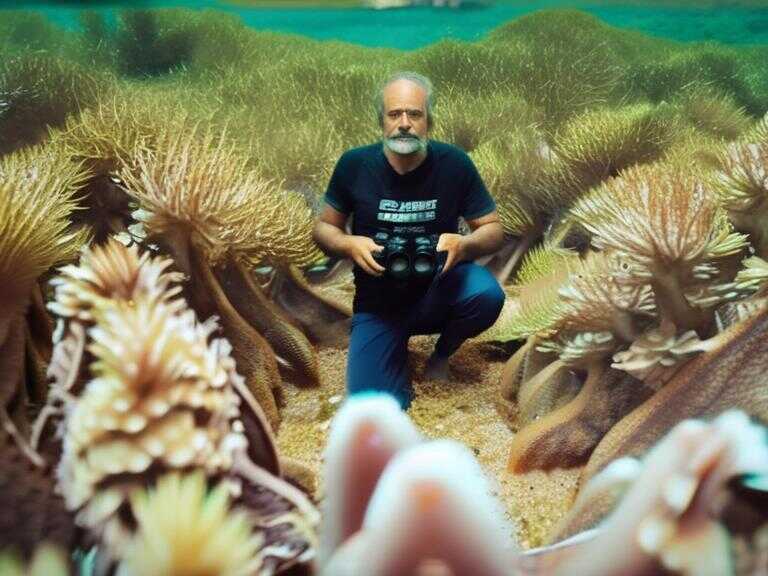
Kenneth Eugene Smith executed in Alabama using nitrogen hypoxia

Alabama's Historic Execution
Alabama has carried out the long-planned execution of death row inmate Kenneth Eugene Smith, making history by being the first state in the United States to use nitrogen hypoxia as a method of capital punishment. The execution took place at the William C. Holman Correctional Facility in Atmore at 8:25 p.m. local time on Thursday, marking a significant development in the ongoing debate over the use of alternative execution methods. The use of nitrogen hypoxia has sparked controversy and prompted legal and ethical challenges, with human rights advocates and legal experts expressing concerns over potential suffering and the lack of scientific evidence to support its use. The execution is a stark example of the ongoing complexities and moral questions surrounding the death penalty in the United States.
Controversial Execution Method
Nitrogen hypoxia is a method that induces asphyxiation by administering pure nitrogen or lethal concentrations of the gas to the individual. Prior to Smith's execution, no U.S. state had utilized this method, and its use in Alabama had been met with criticism and legal challenges. The execution proceeded despite objections from Smith's legal team, who argued that the state lacked documented evidence of the consequences of using nitrogen in the death chamber. The Supreme Court's decision to allow the execution to proceed as planned, despite the dissent of the court's liberal members, further underscored the contentious nature of the case.
International Concerns
The execution also drew attention from international human rights experts, with the top human rights official at the United Nations expressing reservations about the potential for nitrogen gas executions to amount to torture under international treaties. The concerns raised by UN experts highlighted the broader ethical and legal implications of using nitrogen hypoxia in capital punishment.
Smith's Criminal Case
Smith was convicted for his role as a hitman in the 1989 murder of Elizabeth Dorlene Sennett, the wife of a preacher, in Alabama. The case involved allegations that Smith and another individual were hired to carry out the murder by the victim's husband, who sought to collect life insurance proceeds. The complex and tragic circumstances surrounding the crime, including the involvement of multiple individuals and subsequent legal proceedings, contributed to the prolonged nature of Smith's case.
Legal and Procedural Challenges
Smith's execution occurred despite his previous survival of a botched lethal injection in 2022, adding another layer of complexity to his case. Furthermore, the legal challenges and appeals in the years leading up to the execution highlighted the multifaceted nature of the U.S. legal system and the ongoing debates surrounding the death penalty and alternative execution methods.
Legal Evolution
Notably, Smith's trial and sentencing processes revealed shifts in legal practices over time. His initial conviction and subsequent death sentence were part of a series of legal proceedings, including appeals and jury recommendations, that ultimately led to his execution. The evolving legal landscape, exemplified by Alabama's 2017 decision to prohibit judges from overriding jury recommendations in capital punishment cases, underscores the ongoing evolution of legal practices and ethical considerations within the U.S. justice system.
Impact of the Execution
The execution of Kenneth Eugene Smith using nitrogen hypoxia has broader implications for the death penalty in the United States. The use of a new execution method, combined with the ethical and legal controversies surrounding it, serves as a focal point for ongoing discussions and debates about the future of capital punishment in the country.
The execution brings attention to the ethical and practical implications of alternative execution methods and underscores the broader moral and legal questions surrounding the death penalty in the United States. As the debate over capital punishment continues, Smith's case will likely serve as a catalyst for further examination of the use of nitrogen hypoxia and its implications for the future of the death penalty in the United States.
Share news















